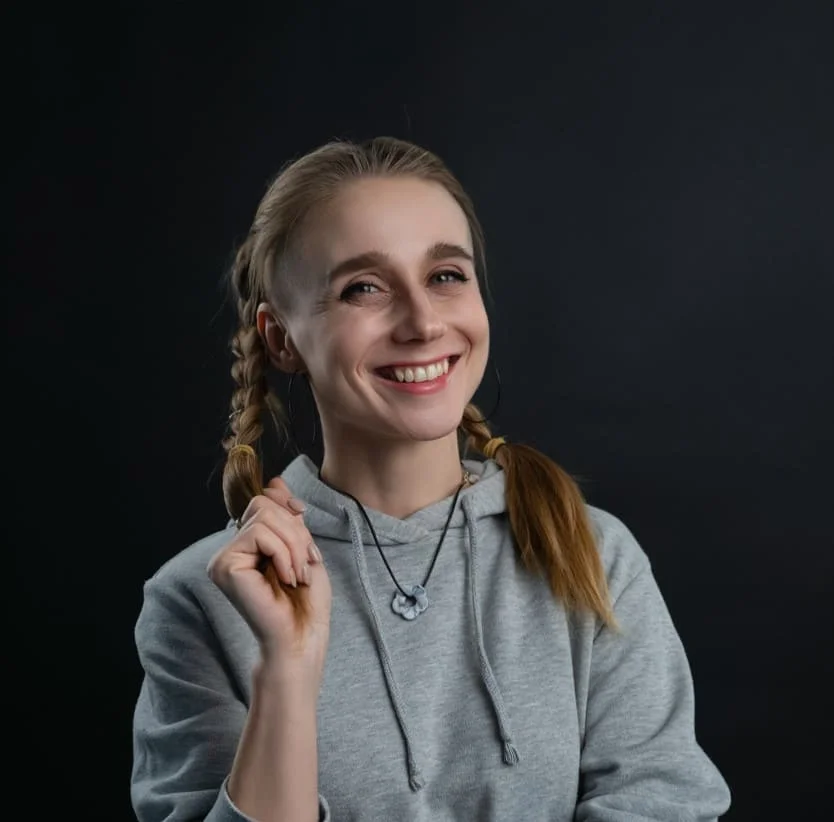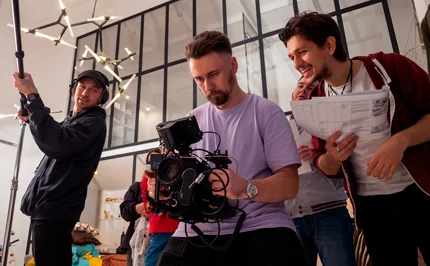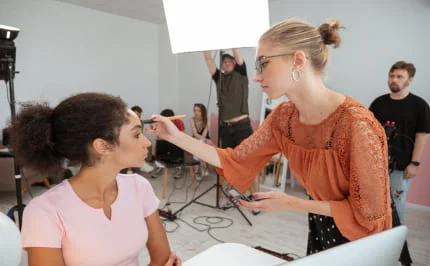Today many young, creative and ambitious directors neglect such an important stage of pre-production as the director's script. Relying on their creative potential, thus manifesting some kind of rebellion in the world of classical video production, they take off and then decide to see what happened and what to do about it. Or maybe they just don’t know what the director’s script is and why it is needed. By the way, do not confuse the directorial script with the literary one. A literary script is a kind of creative work - a story, a novel, a detective story. But with the second type of scenario, we are now trying to figure it out.
What is a director's script?
To transfer the literary script to the shooting process, one more work needs to be done — to prepare the director’s, or, as professionals say, production plan. It is created by the director in a team with a screenwriter and producer, although the latter act mainly as consultants. The main role belongs to the director it is he who knows what the script should look like. This is a kind of technical document, according to which it should be clear what they shoot, where they shoot, all the stages of shooting a video (film, music video, commercial, etc.) are prescribed. On its basis, a creative team led by a director realizes the author’s intention on the screen. Designing a script is not only a creative, but also a time-consuming process. Indeed, in contrast to the literary one, where there is a slight touch of poetry, the director’s script of the video describes in detail what will be in the frame, the sound range, timing, technical requirements for the shooting equipment for a particular scene. A little later we will figure out how to write a director’s script, but for now we’ll talk about its importance and necessity.
What is the director's script for?
We have already figured out that the director’s script plan is some adaptation of the literary script. If someone else does not agree and thinks that literary is enough, then we will give a few of its features so that it becomes clear that such an opinion is erroneous.
- Each literary scenario consists of a chronology of events, not a chronology of filming. And even if at first glance it seems that such a shooting order is optimal, in fact it turns out that the scenes that need to be shot within the same location are scattered along the plot line. It becomes clear that the director’s script of the video is necessary in order to optimize the shooting process and logistics.
- In the literary scenario there is no information about the size of plans and frame-by-frame breakdown of scenes. And this information is extremely important for the film crew. You will say that there is a separate storyboard for scenes. But watching it and comparing information from the storyboard and literary script is not convenient. Another thing is when there is a director’s shooting script, in which all the technical and creative information.
- And finally, the third drawback of the literary script - the props are scattered across the pages of the plot as well as the scenes of the film/clip/ads etc. We cannot be sure that the entire props will be taken into account, as well as the installation features of the shooting.
All this leads to the conclusion that the director’s script of the commercial, even the simplest one, is always necessary, even if at first glance it seems that you can cope without it. Not to mention films and complex cinematographic works. What do screenwriters do, do they create a script template for a video or a script for a clip? It is generally accepted that the scriptwriter does not need to know how the director’s script is written. Unless in the future he wants to become the director of his own commercials. It is necessary to distinguish between the essence of the script that the scriptwriter writes and the director's script, because these are two different concepts.
What does the director's script look like?
So, we have already figured out that the director's script is an important, one can say a mandatory technical document for the competent organization of the filming process. It consists of technical information that introduces the entire set into the course of affairs, determines the necessary materials and resources. How to make a script? It always looks standard, like a table with columns. If we look at any script design, an example of a movie script or an example of a clip script, we will see there such columns as “scene number” and “frame number”, “timing”, “storyboard”, “object/location”, “grain size”, “action”, “sound/dialogs”, “notes”. The set of these columns and the design of the video script may vary slightly, but in general, most of the points are the same. Let's go over each one.
The first column is the scene and frame numbers. During the shooting, this information helps the crew members quickly navigate the directorial script, copies of which are in everyone's hands. Also, the scene and frame numbers are recorded on the clapperboard along with the take number. These data greatly facilitate the installation process at the post-production stage. With their help, the editing director synchronizes audio and video tracks on the timeline and arranges frames in the sequence specified by the director.
The second column is timing (how long the frame lasts). If you need to accurately calculate the timing of the text, take a stopwatch and pronounce replicas. Or use an application like “chronomer”, which will help to estimate the duration of replicas. But the timing of the frame does not always depend only on the text of the characters, do not forget about it.
The third column is the most colorful of which the director's script consists — a storyboard. It resembles a comic book. Here the director, to the best of his artistic abilities, draws the placement of props, actors. In principle, the rules for writing a script do not regulate what you should draw like Fellini, you can just portray a man in a childlike manner. If you take orders, and the customer agreed on the script, then you will need to provide more detailed sketches. On large projects, they turn for help to the production designer, who, under the direction of the director, draws a detailed storyboard.
The fourth column is the subject. This is a description of the location in which the action takes place in the current frame.
The fifth column is the size of the plan: distant, general, medium, large, detailed. In a professional director’s script, frame sizes are alternated according to the editing rules to create a smooth, harmonious visual narrative. Or deliberately violated to achieve the necessary psychological effect.
The sixth column is action. Part of the literary script is transferred here, what is happening in the frame is described.
The seventh column is sound/dialogs (replicas of characters). For sound engineers, this information is needed to select equipment and musical accompaniment. For actors, peep the text.
The eighth column is props/notes. We indicate all the props necessary for shooting, and any notes that the director considers necessary to include in the script. For example, cranes, helicopters, quadcopters, a table, a chair etc.
The script for the film or series includes another column — scenario day. This is necessary in order to navigate what happens and on what day, if the film is stretched over time.
Significant differences are another type of script — the script for the clip. It allows greater freedom of action and improvisation. How to write a script for a clip? It is necessary to break the script into three columns (columns): lyrics, actions in the frame, time. Thanks to this structure, you can clearly understand what is happening at what point. If you ever wondered how to write a script for a video, then for sure the first thing that came to mind was a story, pictures of what happens in a song. So it is a fundamental element in creating a clip. This scenario structure allows you to combine the history of the song with a developing visual series. So the clip will be perceived as something whole, the video sequence will be supported by the correct piece of music. However, if you look at modern clips, it is obvious that a sample script for a clip may have nothing to do with what is sung in the songs. That's why music videos have a lot of room for creativity, improvisation and imagination.










